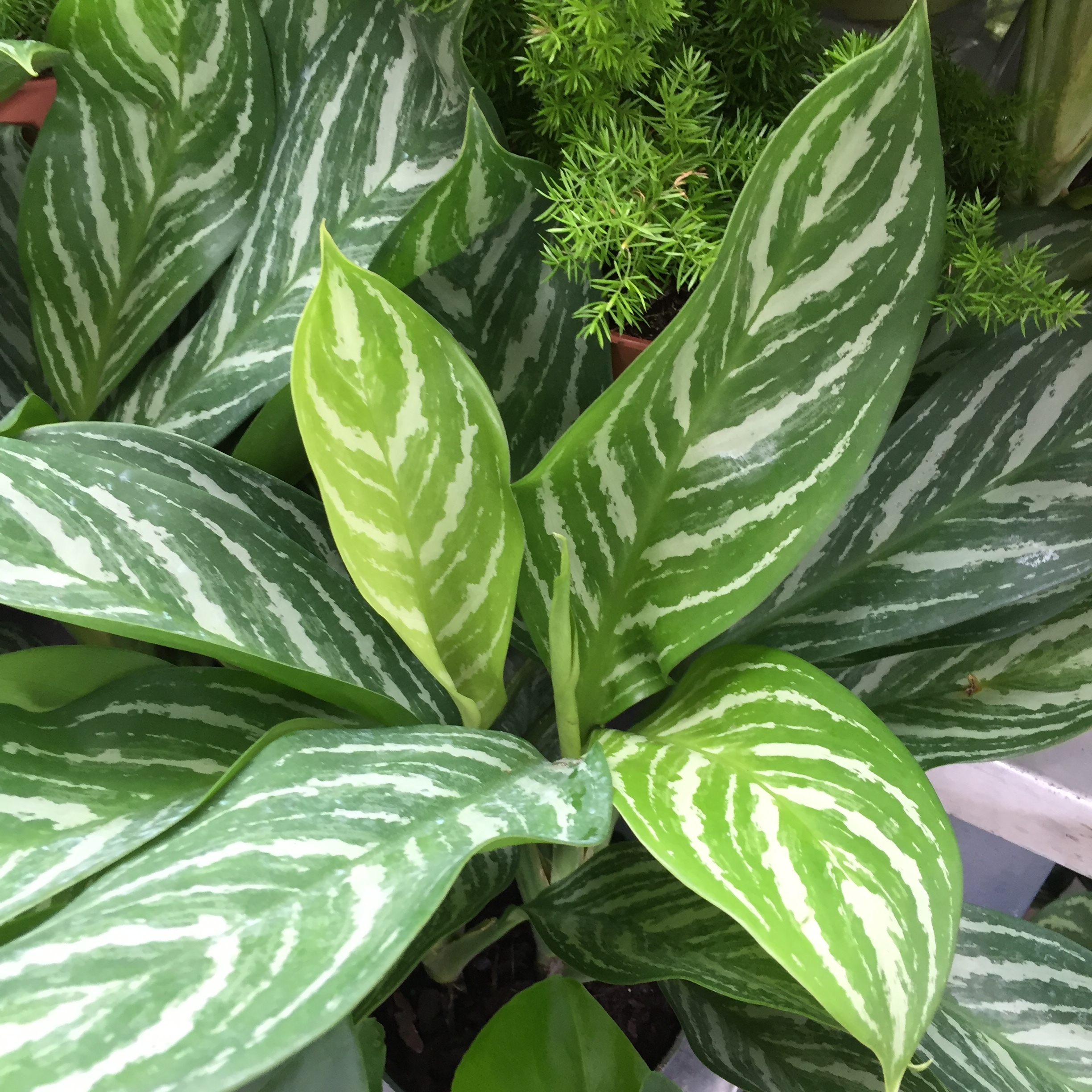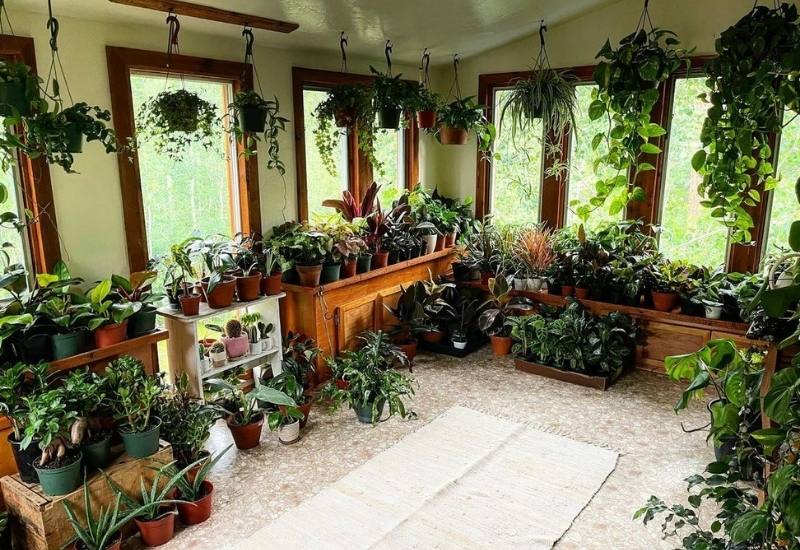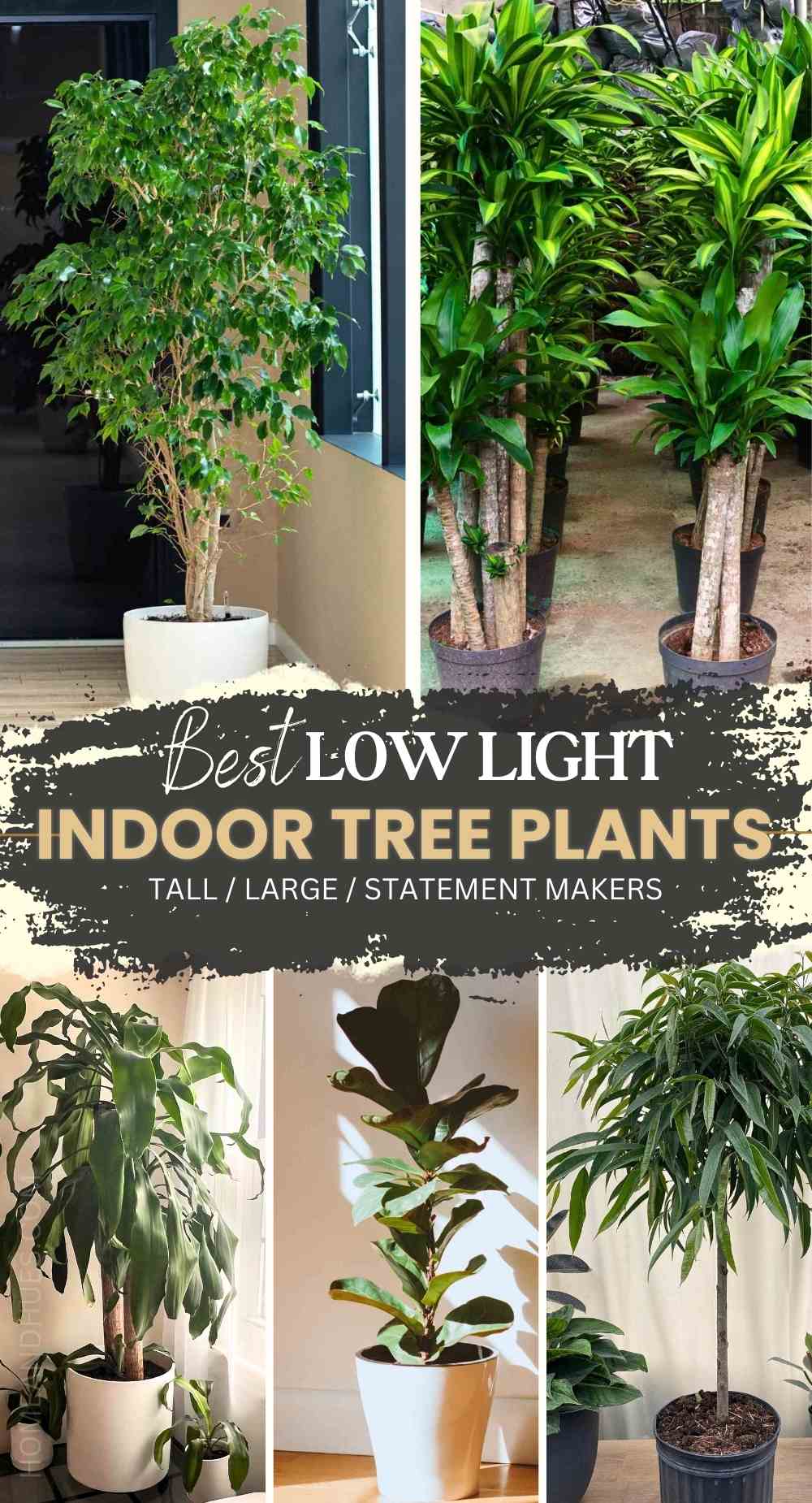Enhance Your Home Décor with the Best Low-Light Indoor Plants
Enhance Your Home Décor with the Best Low-Light Indoor Plants
Blog Article
Reveal the Secrets of Low-Light Indoor Plants and Just How They Enhance Your Setting
Low-light indoor plants have actually amassed raising focus for their unique ability to enhance both visual allure and environmental top quality within work environments and homes. These resistant species, including the Serpent Plant and Tranquility Lily, not only prosper in difficult illumination problems however also play a pivotal role in air purification and psychological wellness. Comprehending the certain benefits and treatment demands of these plants can substantially influence your living area. As we explore the details of their benefits, you might discover understandings that could transform your environments in unexpected means.
Advantages of Low-Light Indoor Plants
Although lots of people assume that indoor plants need bountiful sunshine to thrive, low-light indoor plants use a wide range of benefits that make them excellent for various atmospheres. Among the primary benefits is their adaptability; they can thrive precede with minimal all-natural light, such as workplaces, cellars, or areas with tiny home windows. This function permits individuals to boost their surroundings with greenery, adding to boosted aesthetics without the requirement for considerable lighting modifications.
Additionally, low-light indoor plants can significantly enhance indoor air top quality by launching and filtering dangerous toxic substances oxygen, making living areas healthier. The presence of plants has been connected to higher sensations of harmony and emphasis.
In addition, low-light plants usually need much less upkeep than their sun-loving equivalents, making them excellent for active individuals or those new to horticulture. Their durability permits them to prosper with very little intervention, hence offering a fulfilling experience for plant fanatics and newbies alike. In summary, low-light indoor plants offer both useful and aesthetic objectives, making them useful additions to any kind of space.
Top Low-Light Plant Varieties
Low-light interior plants been available in a selection of species, each offering unique qualities and benefits matched for dim settings. Among the most preferred ranges is the Snake Plant (Sansevieria), known for its air-purifying abilities and building fallen leaves. This resistant plant grows on overlook and can tolerate a large array of light conditions.
One more superb choice is the ZZ Plant (Zamioculcas zamiifolia), which features shiny, dark green leaves and is extremely drought-tolerant. Its flexibility makes it a preferred for offices and homes with restricted sunshine.
The Pothos (Epipremnum aureum) is also a top challenger, with its trailing creeping plants and heart-shaped leaves - Best low-light indoor plants. This functional plant can be educated to climb up or cascade, including visual interest to any area

Care Tips for Low-Light Plants
Looking after low-light interior plants requires a nuanced understanding of their certain requirements to guarantee optimal development and vigor. It is crucial to choose the appropriate potting mix, as a well-draining soil is crucial to protect against root rot. A mix made for houseplants, commonly including peat moss and perlite, functions well for the majority of low-light selections.
Watering is one more vital aspect of care. Low-light plants generally call for much less frequent watering contrasted to their sun-loving counterparts. It is a good idea to inspect the top inch of soil; if it really feels completely dry, it's time to water. Overwatering can lead to problems such as mold and root decay.
Fertilizing ought to be approached with care. Throughout the expanding season, a diluted liquid fertilizer can be applied monthly, yet in winter season, several low-light plants get in dormancy and need little to no fertilization.
Finally, it is very important to occasionally clean up the fallen leaves to get rid of dirt, enabling much better light absorption. By sticking to these treatment pointers, you can grow a successful environment for your low-light interior plants, improving both their appearance and longevity.
Enhancing Air Quality With Plants
Indoor plants play a considerable role in improving air high quality within homes and visit office. Through the procedure of photosynthesis, these plants take in carbon dioxide and release oxygen, contributing to a much healthier ambience. In addition, particular low-light interior plants have the capacity to filter harmful pollutants, such as trichloroethylene, formaldehyde, and benzene, which are typically found in interior atmospheres.

Moreover, the existence of indoor plants can boost moisture levels, which aids minimize completely dry skin and respiratory problems, further enhancing total wellness. This ability to enhance air high quality not just promotes physical health and wellness yet additionally sustains psychological health.
Incorporating low-light interior plants right into your living and functioning spaces can cause a more lively and stimulating atmosphere (Best low-light indoor plants). Investing in these natural air purifiers is a straightforward yet effective strategy for improving interior air top quality and fostering a healthier lifestyle
Producing a Calm Indoor Room
The integration of plants into living areas not only improves air top quality yet also contributes to a serene ambience. Low-light indoor plants, such as serpent plants and pothos, are specifically reliable in developing a calm environment, as they flourish in conditions that may otherwise be inhospitable for various other greenery. Their lush foliage provides a soothing visual, reducing stress and promoting leisure.
Integrating these plants right into your home or workplace can evoke a sense of peace and wellness. Purposefully positioning them in areas where you spend significant time, such as living work areas or rooms, allows for an immersive experience with nature, which has been shown to improve state of mind and cognitive function.
Furthermore, the gentle activity of fallen leaves in action to air flow can develop a vibrant visual element that boosts the general setting. Take into consideration making use of a range of plant elevations and textures to add depth and passion to your area. With thoughtful placement and care, low-light indoor plants can change any type of area right into a calm refuge, promoting not just aesthetic complete satisfaction however likewise psychological and mental health.

Conclusion
Incorporating low-light indoor plants right into different atmospheres yields substantial benefits, consisting of boosted air top quality and enhanced visual appeal. The transformative power of low-light plants underscores their value in enhancing both household and work settings.
Although lots of people assume that interior plants require bountiful sunshine to grow, low-light indoor plants offer a plethora of benefits that make them suitable for different environments.In addition, low-light indoor plants can significantly enhance interior air high quality by releasing and filtering system hazardous toxic substances oxygen, making living spaces healthier. Furthermore, specific low-light indoor plants possess the capacity to filter hazardous toxins, such read this article as trichloroethylene, benzene, and formaldehyde, which are generally found in indoor settings.
Low-light interior plants, such as snake plants and pothos, are specifically efficient in producing read the article a calm environment, as they prosper in conditions that might or else be inhospitable for other greenery.Including low-light indoor plants into different atmospheres returns substantial benefits, consisting of boosted air top quality and boosted visual charm.
Report this page